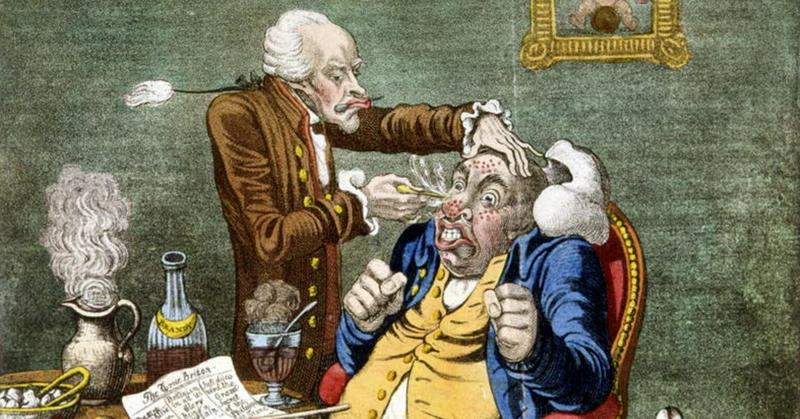Ancient Pimple Poppers: Acne Treatments Through The Years
By | September 3, 2021

It might seem like a uniquely modern concern, but acne has troubled the epidermally challenged throughout history. Today, we treat breakouts with patches and potions specifically designed by scientists for such purposes, but just about every culture had its own folk remedies, and some of them sound worse than just living with a few pimples.
Ancient Acne Treatments
Ancient Greek physician Theodosius wrote that wiping one's face with a damp cloth at the exact moment a falling star appeared in the sky would erase a zit, but in the absence of falling stars, the Ancient Greeks harvested salt from the Dead Sea to absorb acne-causing oil, among other things. Alongside the Ancient Egyptians and Mesopotamians, they also used mixtures of sulfur to treat breakouts. It was an extreme solution, as sulfur smells like a rotten egg inside a used gym sock inside a septic tank, but it absorbs oil, restores pH balance, opens clogged pores, and eliminates bacteria that causes outbreaks, so it was also an effective one. Even some modern skin care products contain sulfur.
More pleasant (if occasionally questionable) remedies were used in other parts of the world, like the Chinese custom of using peach blossoms to drive out pimple-causing demons or ancient Morocco's powdered azurite, a carbonate of antimicrobial and protein-building copper. Ancient Egypt, long known for their cosmetic achievements, were particularly skilled in skin care. Both Cleopatra and Nefertiti supposedly used aloe vera as part of their routines, and King Tut's physicians recommended honey for his boy-king breakouts, both of which have since been proven to possess acne-fighting properties. King Tut was even entombed with jars of honey. Apparently, it was important for him to have clear skin in the afterlife.

Further Developments In Acne Treatment
After the Romans took over Egypt, they became obsessed with the crocodiles living on the banks of the Nile River, which they both revered and hunted. They made helmets and armor from crocodile hide and ate crocodile meat, but they also blended the meat with Cyprus oil as a topical acne treatment.
Some of the squickiest skin care remedies, however, came out of 16th- and 17th-century Europe. Over in Elizabethan England, people used lead and mercury for just about everything, and that included banishing blemishes. They also happened to cause brain damage and death, but hey, pain is beauty. Finally, a 17th-century medical book called The Encyclopedia Of Folk Medicine advised using urine to prevent and treat acne. The book specifically recommended collecting one's first urine of the day in a white washcloth to dab on blemishes and even suggested using an infant's pee-soaked diapers. At least they were finally good for something.

